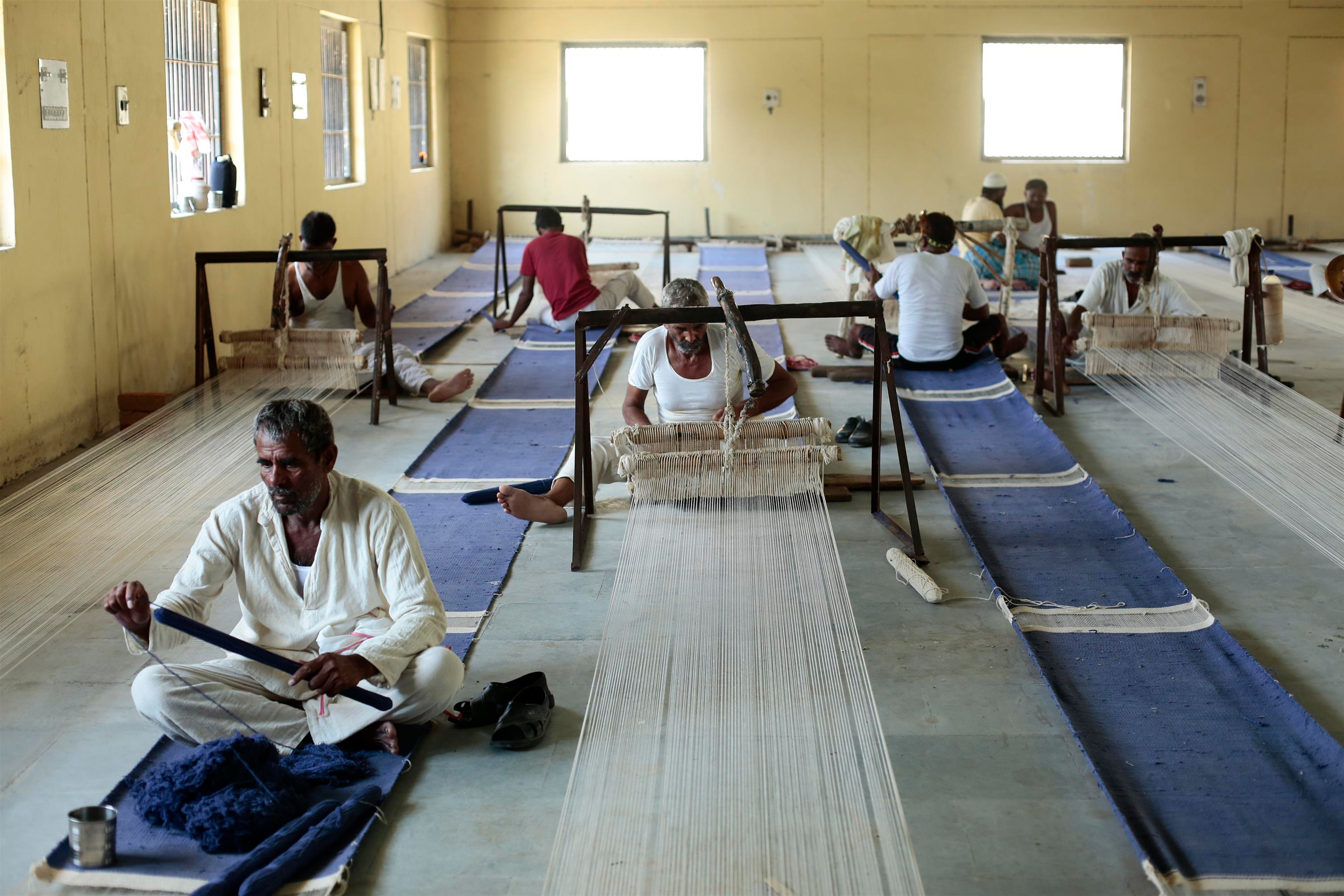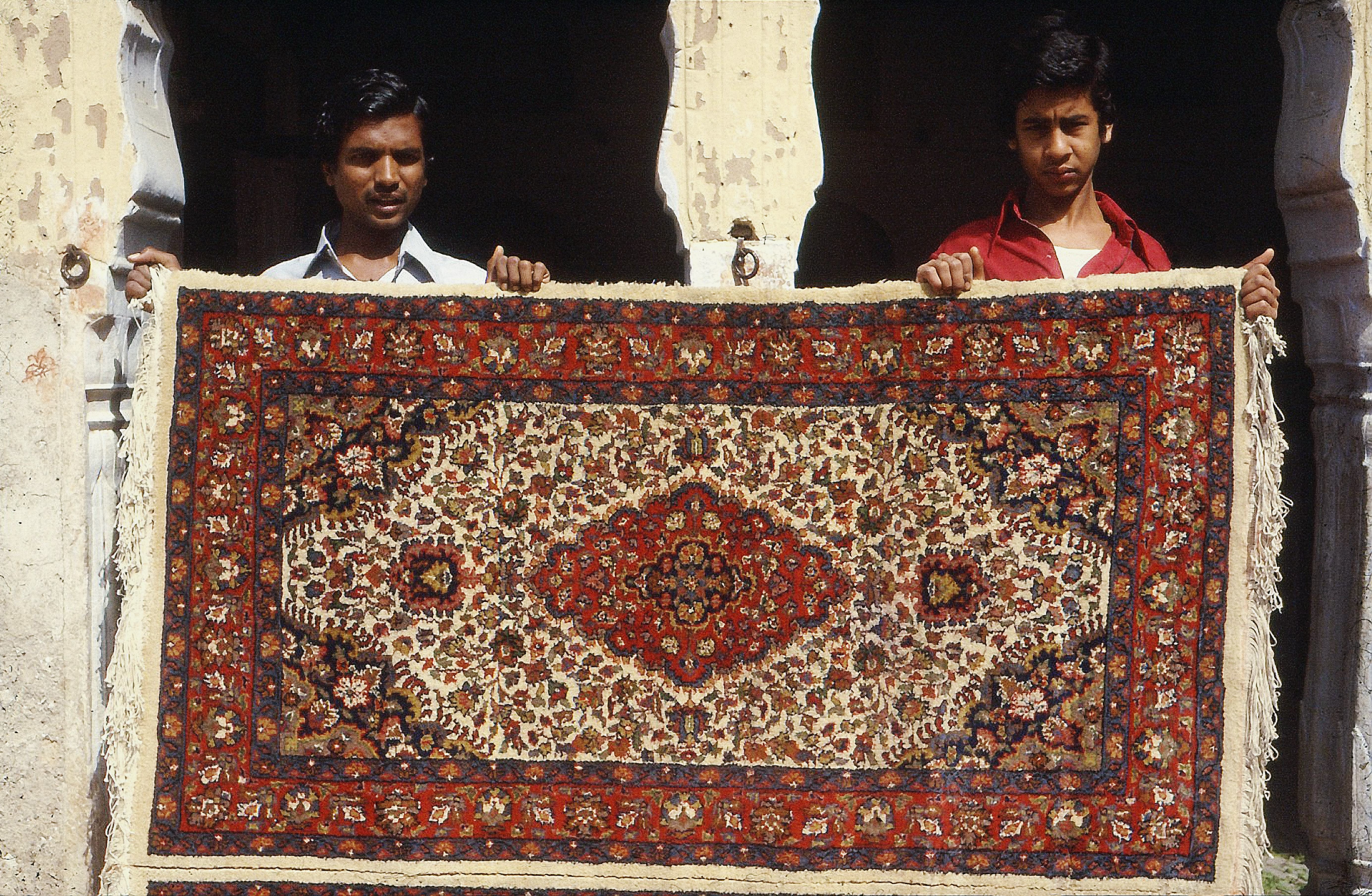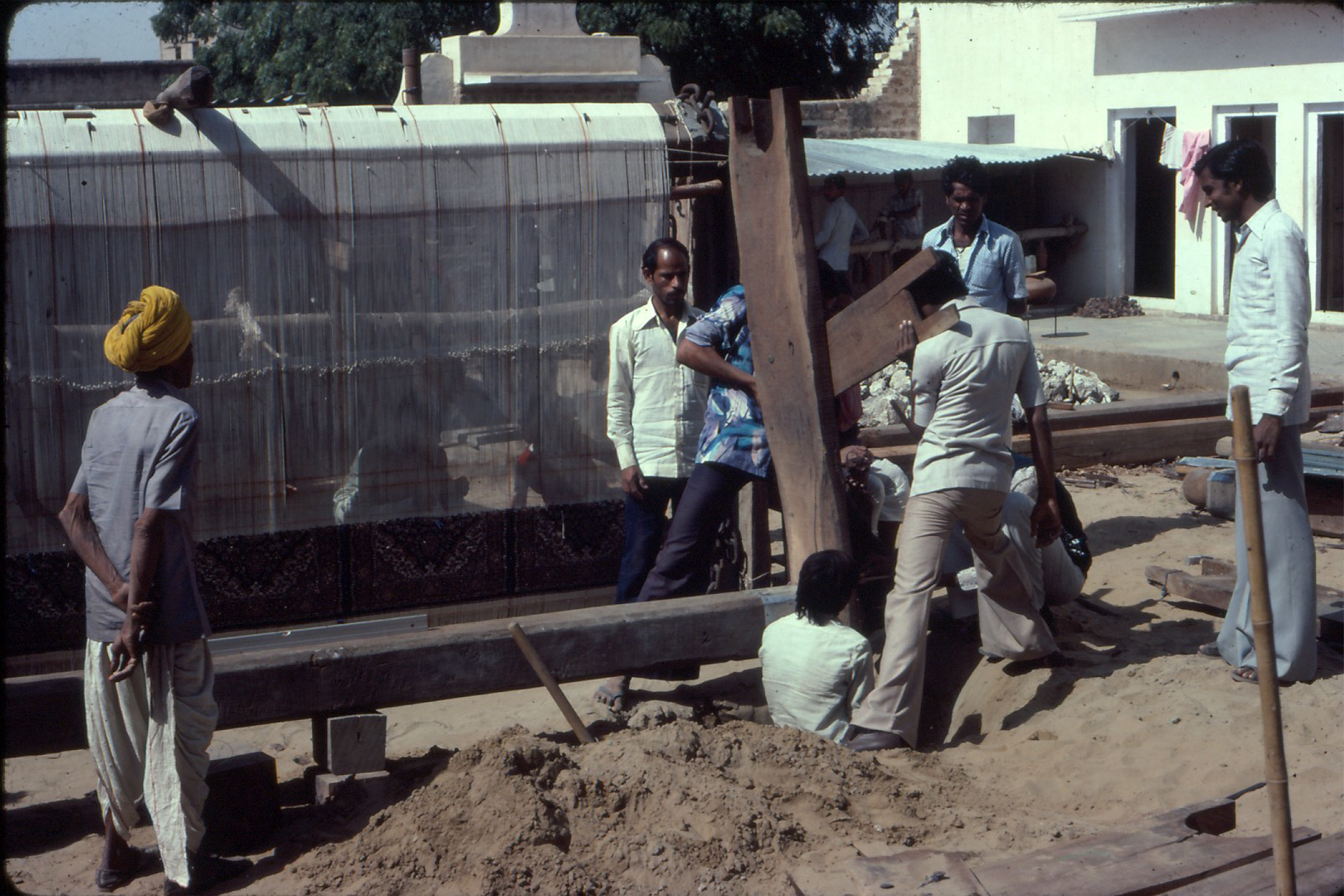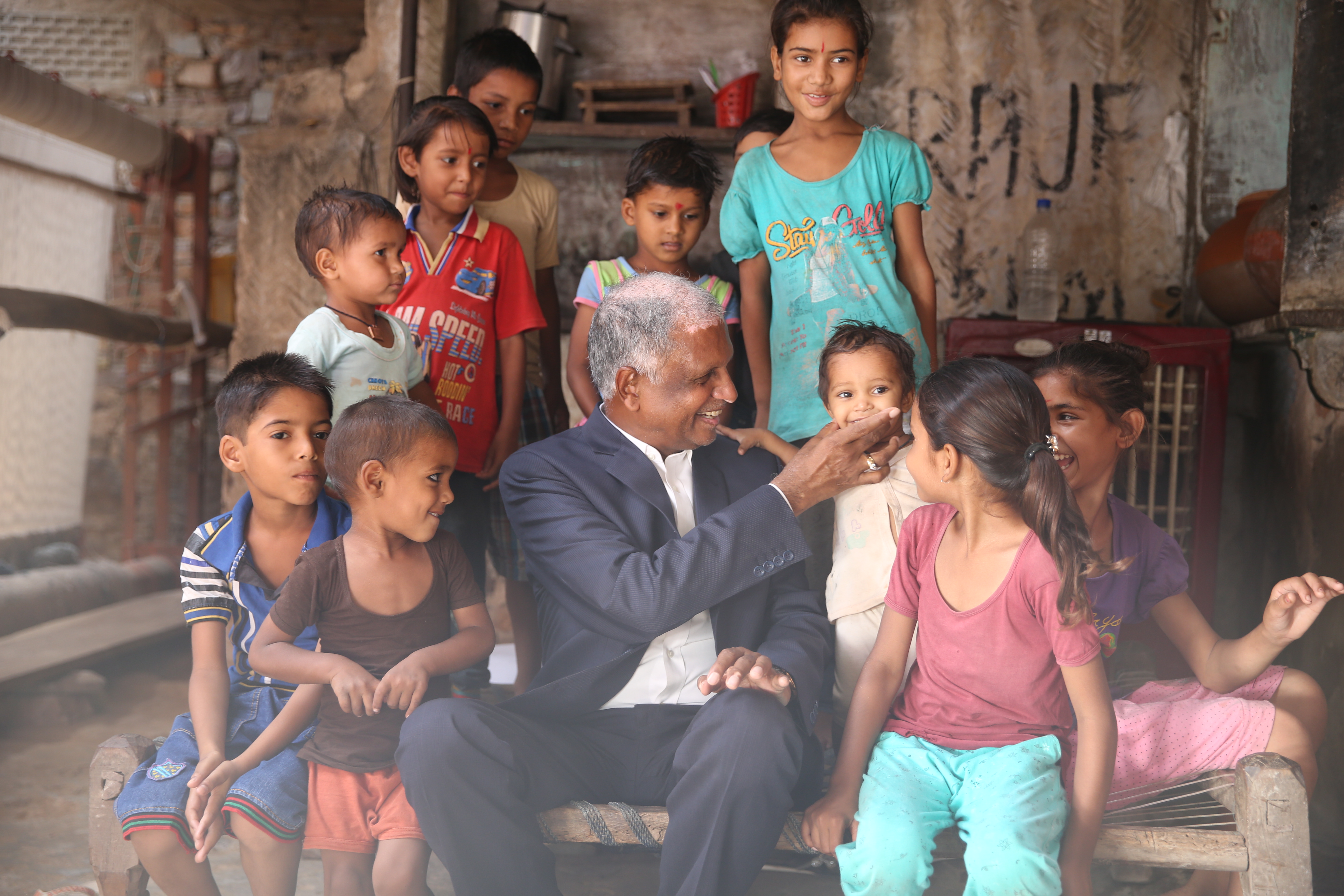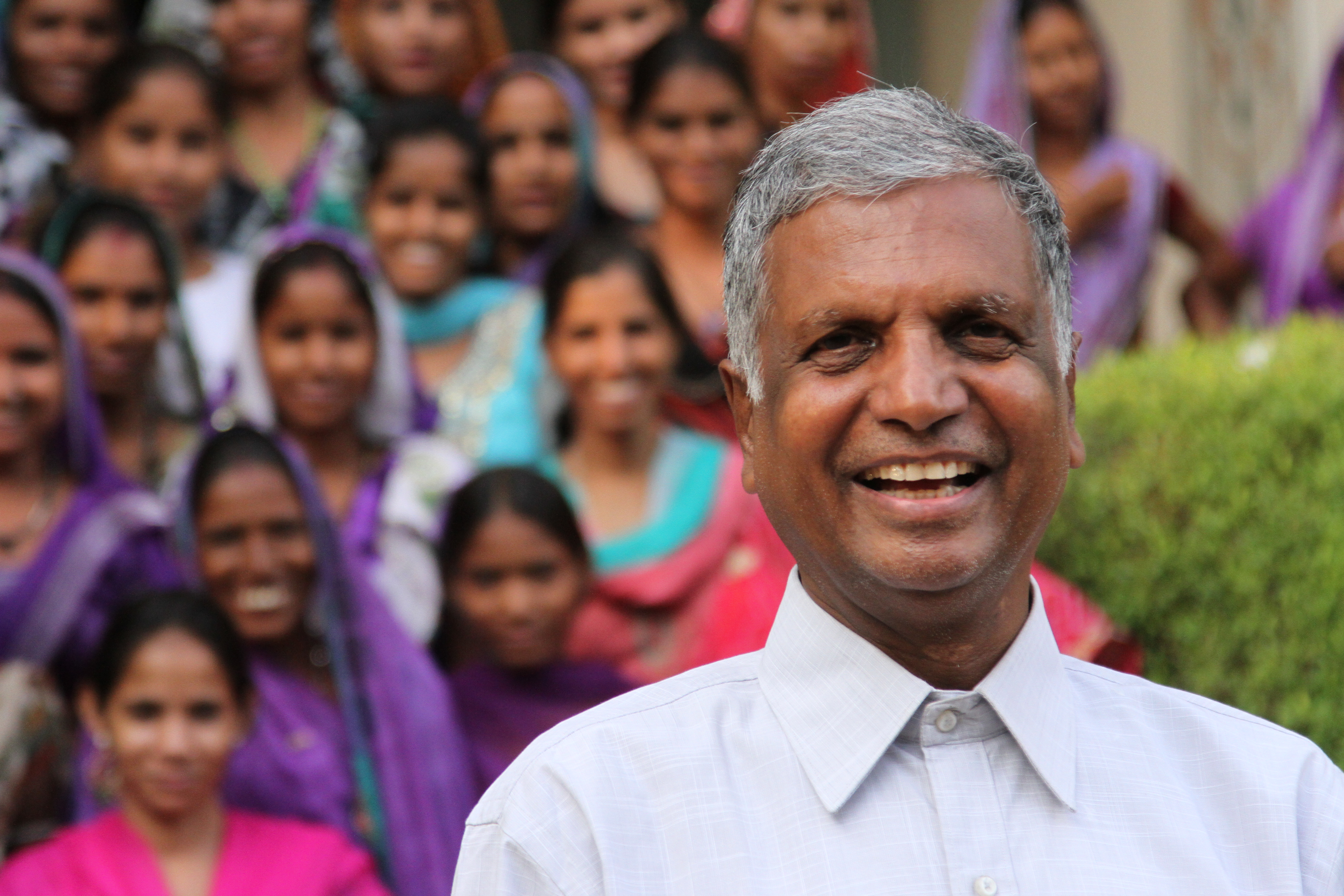When I started my business back in the seventies, I wasn’t aware of the word social entrepreneurship. For me, business meant serving love with the purpose of standing with those in need.
I believe, if my weavers are happy, they will do good work. Good work is good for business. And being good to people is in itself important. No matter what their caste, class or social status.
The switch from social activism to sustainability is like connecting two different worlds. However, I feel businesses must be community-driven and rooted in society.
This entrepreneurial culture questions the hardship of using the language of business in dealing with extreme social difficulties. Social entrepreneurship covers both social intelligence and leadership skills. However, when the idea of business is included, tensions come into sight.
I didn’t set out to create a social enterprise; it was never in my mind. But I knew that if my employees are happy they will work well and being good is the key to unlocking their creativity and talent. The challenges I faced while establishing my business are countless but I feel without them I wouldn’t be able to see my purpose in action today.
Below are few of the challenges I faced while establishing my social purpose into what we call today as social entrepreneurship.
Battling Founder Syndrome
Most of us are still involved in the decision-making process. Since I had spent my whole life working with the weavers at the grassroots level little did I know about how to run the business.
I was involved in all the decision making. My problems started with Finance and HR. To handle these aspects, I hired professional managers. But handling their expectations and egos was another new headache.
The Dilemma in Scaling
We don’t realize new things will be required while scaling. How do you produce 200 identical rugs on looms spread across the country? This was another challenging situation which was solved later by the use of technology. Asha developed graph-based ‘maps’ and trained the traditional designers to use them.
“The maps have easy instructions, such as where to start weaving. This goes to weavers along with a Raw Material card and the required bundles of yarn.” This system allows the company to introduce new designs quickly without retraining weavers.
Choosing the Resources
Especially now when the times are uncertain we need to be prepared on how to tackle it. No matter the situation customers won’t compromise on quality but require budget-friendly products. When I realised this we focused on more affordable wool carpets and styles such as Indo-Tibetan, which are quick and easy to weave. The strategy worked.
Know your Limitations and Work on it
It is not going to be all black and white while establishing a social enterprise. There are going to be grey areas too. Working in far-flung villages also brought practical problems. Without a phone, fax or Internet, how do you keep track of production? The solution came in the form of a wireless set which I spotted at an exhibition in Ahmedabad.
Also there were challenges in commutation as well. To carry quality inspectors over rocky terrain, I invested in jeeps and motorcycles. As in Rajasthan, the supervisors went from loom to loom, delivering raw material and payment to weavers.
Having said that, I find social entrepreneurship as incredibly rewarding because one can constantly see positive effects of their work based on how we serve the people.
You’re fueled not just by a desire to succeed, but also by a desire to make a real difference.
While you see your products as a sign of change in the society there comes a sense of satisfaction. And sharing that with your entire team makes it even better.
